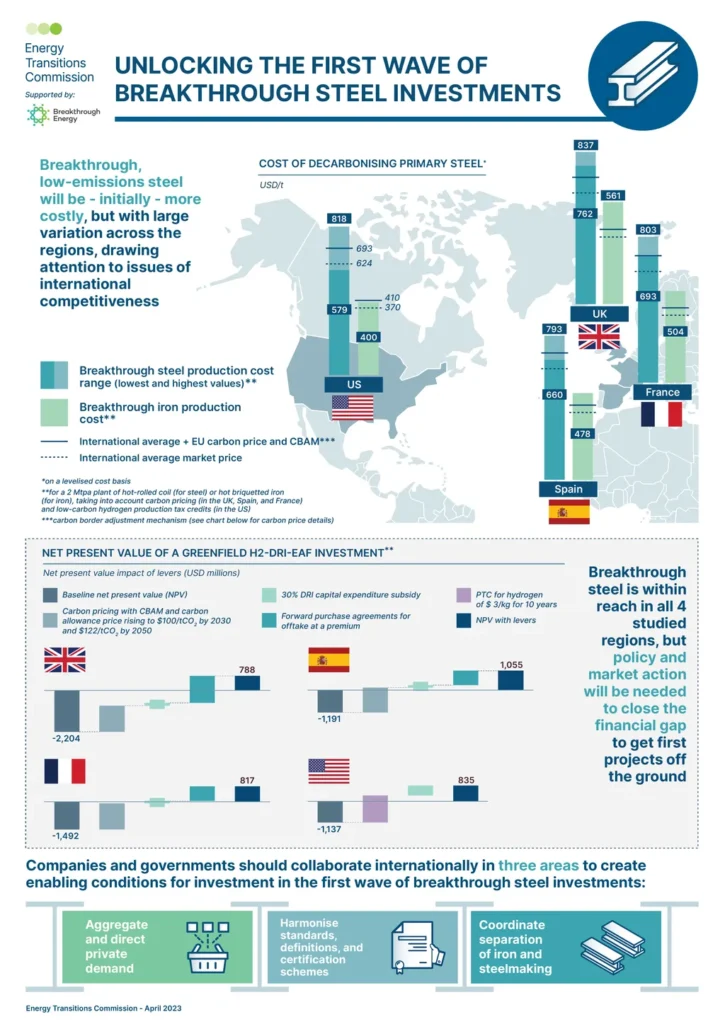In the ever-evolving world of advanced materials, a significant stride has been made in the realm of steel production, with potential ripples set to echo through the energy sector. Zhang Peng, a researcher whose affiliation remains undisclosed, has published a groundbreaking study in the journal *Teshugang*, which translates to “Iron and Steel” in English. The paper, titled “Advance on Process Technology of Extra-deep Drawing-Interstitial Atom Free (IF) Sheet Steel,” delves into the intricacies of producing high-performance steel that could revolutionize industries reliant on durable, malleable materials.
At the heart of this research lies the development of Interstitial Atom Free (IF) sheet steel, a material with exceptional deep drawing properties and non-ageing behavior. This is achieved by minimizing carbon (C) and nitrogen (N) content to no more than 30×10⁻⁶ and adding micro-alloys of titanium (Ti) or a combination of titanium and niobium (Ti-Nb) to compound residual C and N. The result is a steel that resists aging and can be drawn into complex shapes without compromising its integrity.
“The key innovation here is the precise control of chemical composition and the strategic use of micro-alloys to eliminate interstitial atoms,” Zhang Peng explains. This process not only enhances the steel’s formability but also ensures its stability over time, a critical factor for applications in the automotive and energy sectors.
The study meticulously outlines the steelmaking process, from chemical composition control to hot rolling, cold rolling, and annealing. It also discusses the theoretical foundations of IF steel production and addresses challenges such as secondary working embrittlement and property stability. By optimizing these processes, Zhang Peng and his team have paved the way for more efficient and cost-effective production of high-performance steel.
The implications for the energy sector are profound. IF steel’s superior formability and durability make it an ideal candidate for manufacturing components that can withstand extreme conditions, such as those found in renewable energy infrastructure and advanced power generation systems. As the world shifts towards cleaner energy solutions, the demand for high-performance materials like IF steel is expected to surge.
“This research is a game-changer,” says an industry expert familiar with the study. “It addresses long-standing challenges in steel production and opens up new possibilities for innovation in energy technologies.”
As the energy sector continues to evolve, the advancements in IF steel production highlighted in Zhang Peng’s research could play a pivotal role in shaping the future of materials science. By pushing the boundaries of what is possible, this study not only advances our understanding of steel production but also sets the stage for groundbreaking developments in various industries.
With the publication of this research in *Teshugang*, the stage is set for further exploration and application of IF steel, promising a future where high-performance materials drive innovation and sustainability in the energy sector and beyond.

